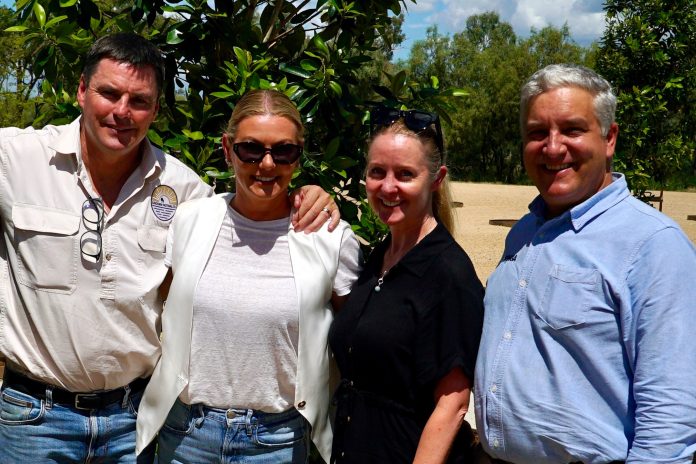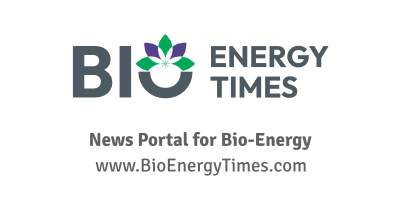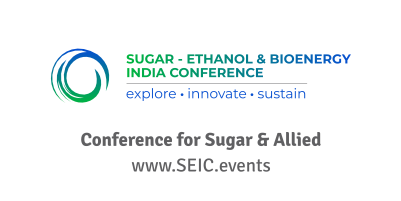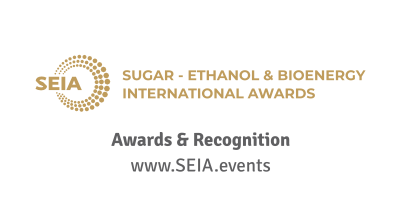Hiringa Energy, Sundown Pastoral Company, and the NSW Government have announced that the Good Earth Green Hydrogen and Ammonia (GEGHA) project has reached Financial Close. Construction is set to begin in October this year, having successfully met all key development milestones. This marks a significant step forward for Australia’s green hydrogen sector, demonstrating that well-scaled, demand-driven projects can thrive.
The GEGHA initiative integrates solar power with low-carbon hydrogen and ammonia production. The facility will be built next to Sundown’s Wathagar cotton ginning operation near Moree, NSW, as part of a joint venture.
Upon completion, the plant will produce up to 4,500 tonnes of low-carbon ammonia annually, replacing conventional fossil fuel-based fertilisers. This will eliminate up to 17,000 tonnes of CO₂-equivalent emissions each year — comparable to removing 6,500 cars from the road or planting 500,000 trees.
Sundown will use the green fertiliser to support its sustainable, traceable Good Earth Cotton operations. Any surplus will be made available to other regional growers.
In addition to fertiliser, the facility will also generate approximately 224 tonnes of green hydrogen per year. This hydrogen will support Hiringa’s refuelling infrastructure for heavy vehicles and be used on farms to replace diesel in irrigation systems, further reducing emissions throughout the agricultural supply chain.
“Green fertiliser production isn’t just about making low-carbon ammonia,” said Andrew Clennett, Hiringa Energy’s co-founder and CEO. “It’s about overcoming the barriers that have held back the growth of new green industries. Our partnership with Sundown aligns demand with supply, targeting the immediate needs of agriculture.”
Transforming Regional Supply Chains
GEGHA will deliver the first green fertiliser supply on Australia’s East Coast, giving local producers access to stable and competitive pricing for critical inputs.
Using renewable energy, the plant will produce hydrogen via electrolysis. This hydrogen, combined with nitrogen from the air, will then be used to create ammonia with near-zero carbon emissions. By contrast, conventional ammonia production relies on fossil fuels like coal and gas and is typically tied to global markets vulnerable to price shocks and disruptions.
David Statham, owner of Sundown Pastoral Company, emphasized agriculture’s ongoing evolution: “As farmers, we’ve always adapted. We’ve been tracking our emissions and reductions for five years now. With growing demand for lower-impact fibres, GEGHA gives us more control over how we cut our carbon footprint.”
Using GEGHA-produced ammonia allows farmers to enhance their environmental practices, better plan for sustainable growing seasons, and meet increasing consumer demand for low-carbon products.
The project provides a model for decarbonising Australia’s agricultural sector by transforming the supply chain of one of its most essential inputs — fertiliser.
“This project shows how low-carbon ammonia can be successfully integrated into regional farming through a scalable, cost-effective model,” Clennett said. “It’s a blueprint for decentralised fertiliser production in NSW’s agricultural regions, supporting emissions reduction and regional economic resilience.”
Financing and Support
National Australia Bank (NAB) has provided financing for the project. Khan Horne, NAB’s Executive for Regional and Agribusiness, said: “This groundbreaking initiative could reshape Australian agriculture by creating a more resilient, low-emissions future. As the bank supporting one in three agribusinesses in Australia, we’re proud to back GEGHA’s vision to reduce emissions and improve profitability for farmers.”
The project is supported by the NSW Government under its Net Zero Plan Stage 1: 2020–2030, in partnership with Hiringa Energy and Sundown Pastoral Company.
The facility is expected to become fully operational in early 2027.














